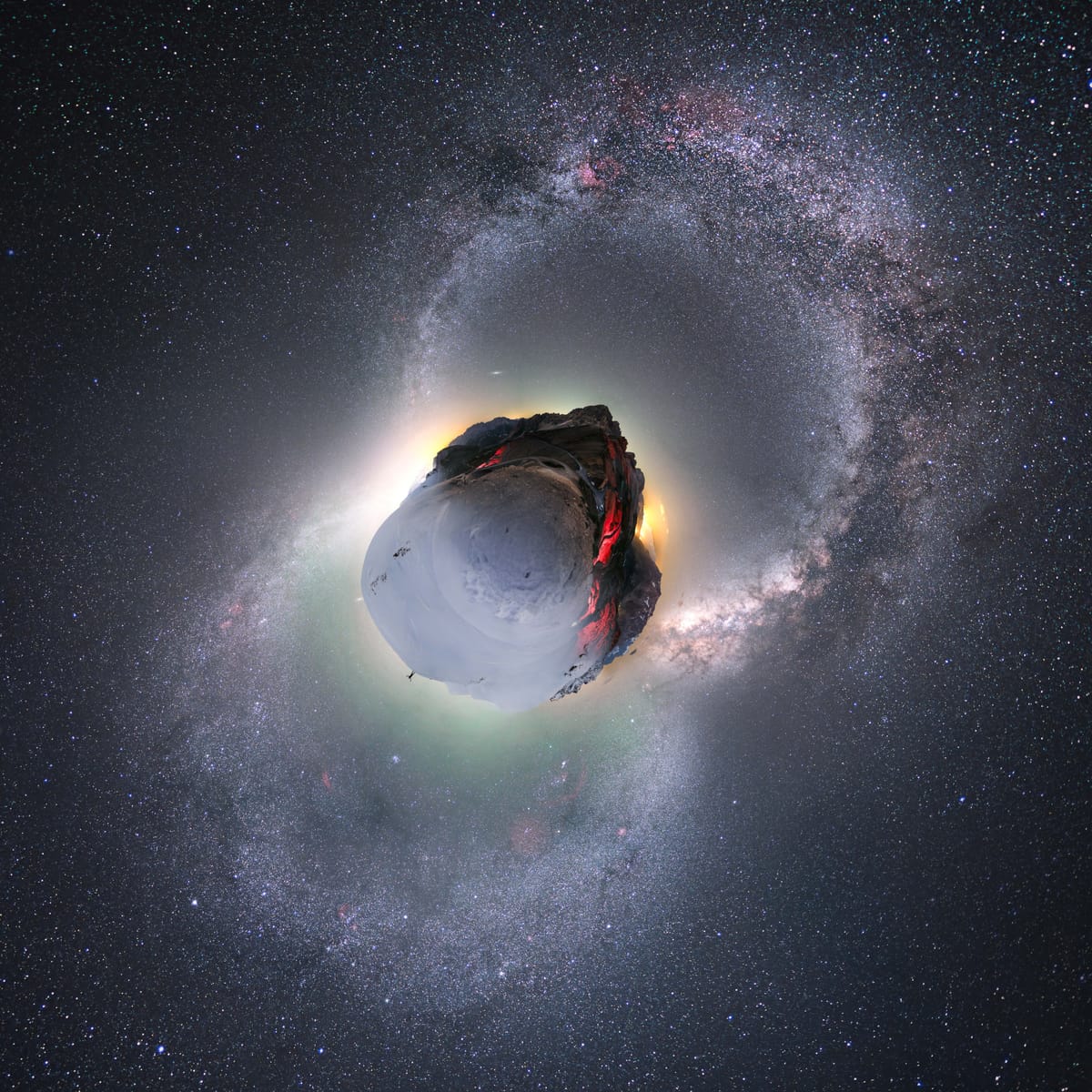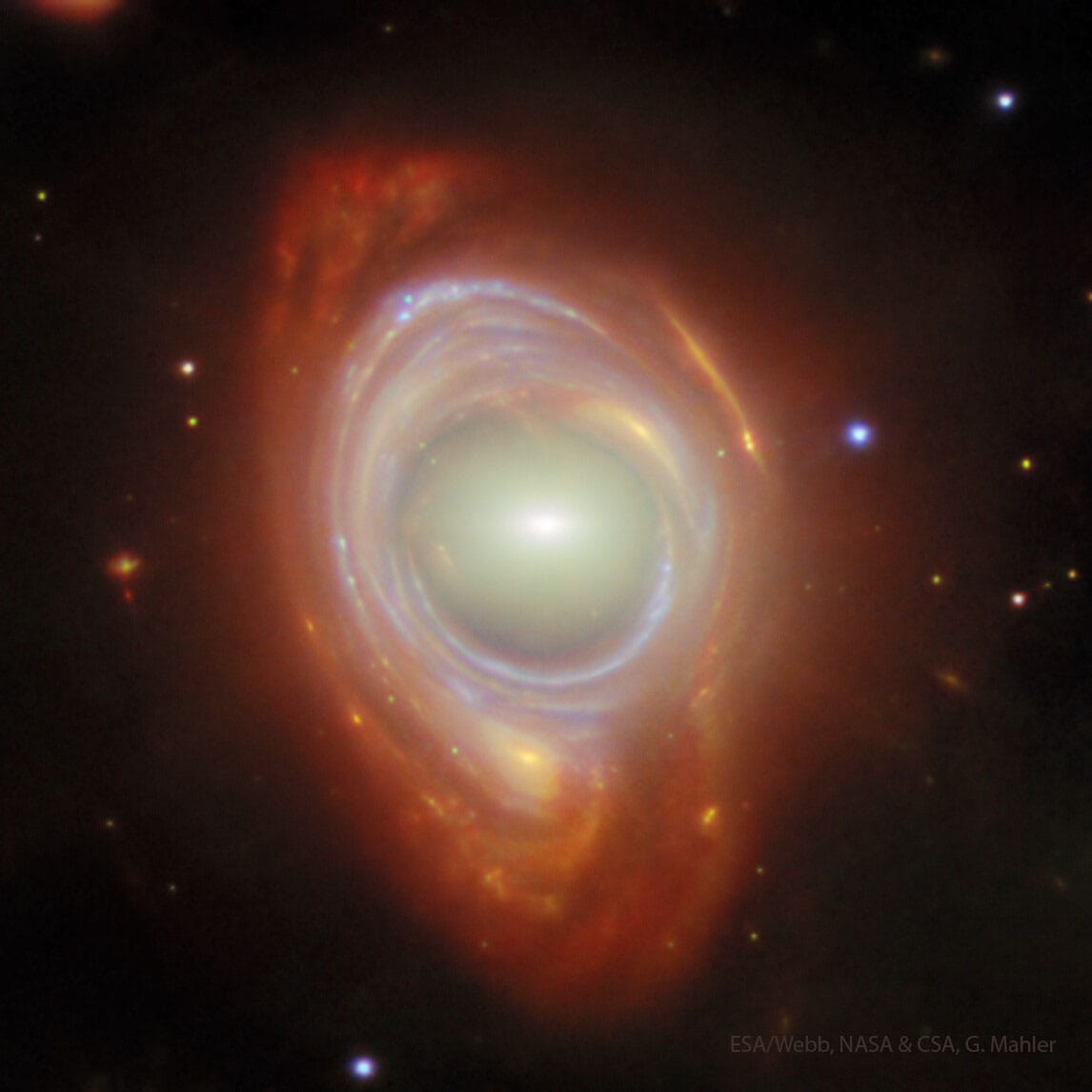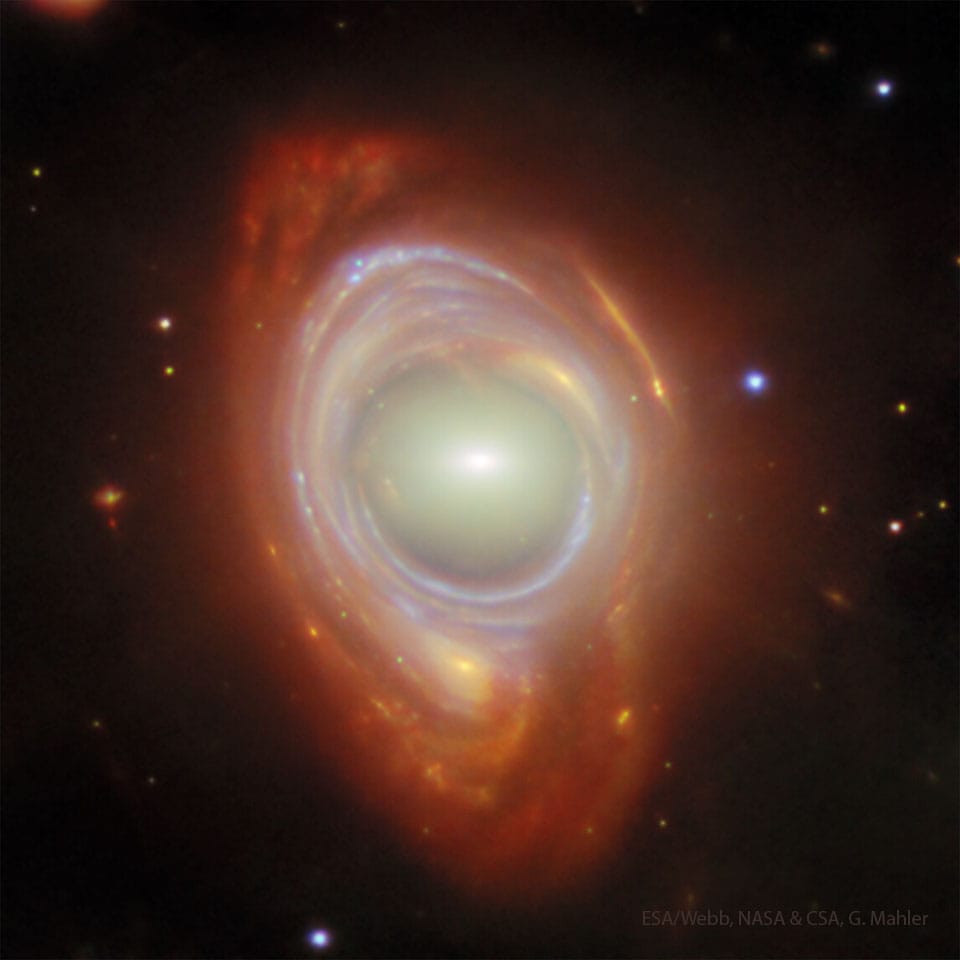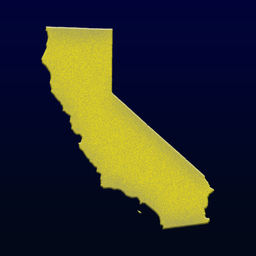APOD Weekly Spotlight: Webb captures rare Einstein Ring in stunning detail on Easter
This week’s APOD Weekly Spotlight lands on Easter Sunday with a dazzling image from NASA and the Webb Telescope—capturing two galaxies so precisely aligned, they form a glowing Einstein ring in deep space.
This APOD Weekly Spotlight features a spectacular example of gravitational lensing, captured by the James Webb Space Telescope.

For a new view of the universe every day, head to our Astronomy Picture of the Day hub.
Released on Easter Sunday, April 20, 2025, the image reveals two galaxies so precisely aligned that the closer bends the light of the more distant into a nearly perfect Einstein ring—a rare and scientifically valuable cosmic formation.
An Astronomical Illusion in Perfect Focus

The closer object is a light-colored elliptical galaxy, whose gravity bends the light from the more distant, blue and red-hued spiral galaxy behind it. The result is a glowing circle of distorted starlight—a phenomenon so precise and rare that astronomers can use it to study dark matter, galactic mass distribution, and the structure of ancient galaxies billions of light-years away.
Named after Albert Einstein, who first predicted this effect in his general theory of relativity, these cosmic rings offer some of the most powerful natural magnifying lenses in the universe. And thanks to Webb’s sharp infrared vision, both galaxies in this image appear in incredible detail.
Why NASA's APOD?
NASA’s Astronomy Picture of the Day is renowned not just within the astronomy community but across the world—its popularity rivals even the most trending viral videos. APOD imagery is carefully selected by NASA's experts, offering exceptional educational value while captivating visitors with mesmerizing visuals.
Discover and Share NASA's Astronomy Picture of the Day
Each NASA APOD includes associated keywords derived from NASA’s detailed image descriptions, ideal for use as auto-generated hashtags on Twitter or Instagram—helping users share these extraordinary views across social media platforms. Whether you're an astronomy enthusiast, a curious visitor, or someone who appreciates the beauty of the cosmos, these stunning visuals provide endless inspiration.










